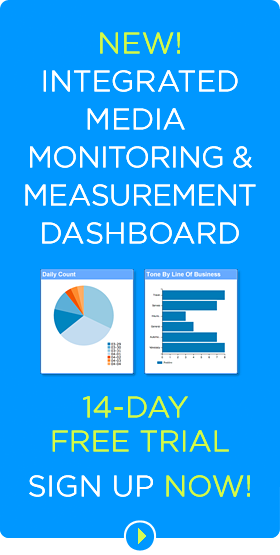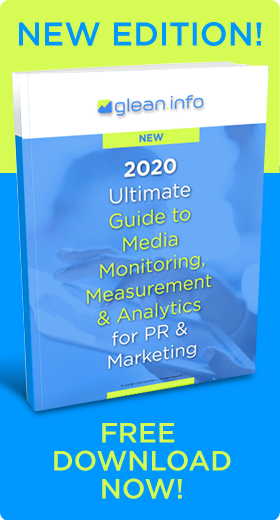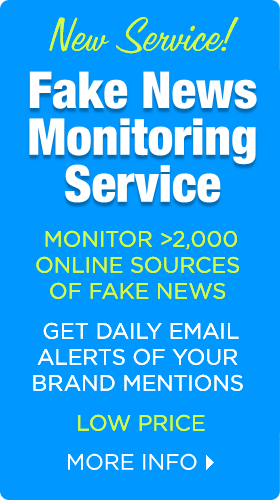
Photo credit: Finance Heights
Social media monitoring and measurement can help analyze audiences and improve online marketing campaigns, digital marketing experts explained in a Social Media Today webinar. Representatives from Sony and Visa described how they use social media listening to help their brands without drowning them in data.
Sony focuses on different data depending on the customer journey and examines different metrics for different goals, said Jennifer Martin, senior social media strategist for Sony Electronics. In the awareness-building stage, the Sony team measures impressions, video views and PR coverage. In the conversion and engagement phase, engagement rates become more important.
The key is to know your audience and determine what content is right for it. “It’s about joining the conversation in the right way,” she stressed.
Sony uses engagement rate – or the shares, likes and comments divided by the number of followers – to find what kind of content its community prefers. The answer: up close photos of its products.
When identifying influencers, Sony focuses less on impressions and reach. Instead, it asks if influencers are willing to have a dialogue and genuinely like the brand. “Do they spark the conversation you’re looking to have?”
Harvest Data in New Ways
Social media monitoring and measurement offers many advantages, said Jessica Williams, global innovations marketing and analytics leader at Visa.
“It’s about harvesting data in new and interesting ways,” she said.
Visa sought owners of small and mid-sized businesses by searching for phrases such as “I ran,” “I run” or “I owned.” Drawing on that research, it built a searchable database with 10,000 business owners, segmented by gender, industry and business size. It then added 1 million conversations of businesses owners on Twitter and online forums to the database.
By analyzing the conversations, Visa could find where business owners obtained information, how they shared content, and what issues most concerned them. For instance, Visa learned the business owners were eager to share their expertise with others.
Those insights drove substantial improvements in its content strategy. Knowledge of their interests and concerns, supplanted traditional keyword research.
Its engagement rates passed 1percent, twice as high as LinkedIn benchmarks. It obtained 20,000 new businesses owner as followers on LinkedIn, and the number of shares and clicks to its website jumped dramatically, increasing conversions.
Measure More than Mentions
Joel Windels, a marketing manager at Brandwatch, stressed the importance of looking beyond the number of brand mentions. The number of brand mentions, without context can be misleading. He stresses the importance of listening to purchase intent and measuring how many social media users mention possibly purchasing the product.
Matching brand mentions to your target audience helps analysis. A large number of mentions are not helpful if they’re not posted by your potential customers.
The number of social media mentions before and after a campaign helps to measure brand loyalty and campaign success. Consider the number of positive mentions compared to negative ones.
It’s also import ant to consider your brand’s image and goals and examine the context of the conversation. For example, conversations that describe a product as cheap would be undesirable for an upscale luxury retailer.
Bottom Line: Social media monitoring and measurement can gauge the success of digital marketing strategies and reveal vital insights into brands’ target audiences. Brands can learn about content its audience prefers and their hot button issues to improve their content marketing strategy, ultimately leading to more website traffic and conversions.
William J. Comcowich founded and served as CEO of CyberAlert LLC, the predecessor of Glean.info. He is currently serving as Interim CEO and member of the Board of Directors. Glean.info provides customized media monitoring, media measurement and analytics solutions across all types of traditional and social media.




